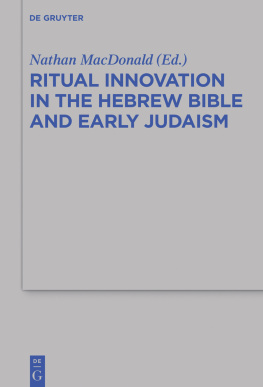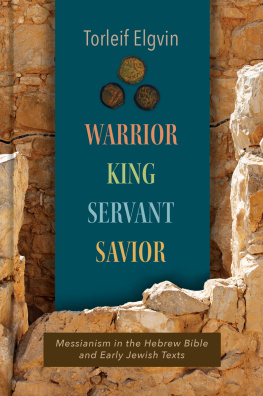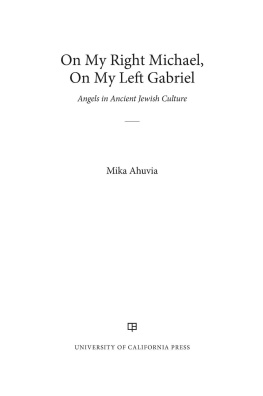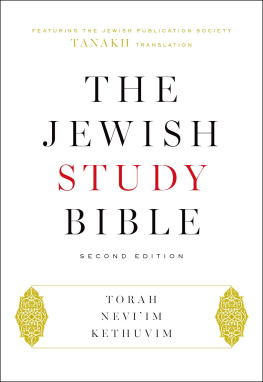Helena Zlotnick - Dinahs Daughters: Gender and Judaism from the Hebrew Bible to Late Antiquity
Here you can read online Helena Zlotnick - Dinahs Daughters: Gender and Judaism from the Hebrew Bible to Late Antiquity full text of the book (entire story) in english for free. Download pdf and epub, get meaning, cover and reviews about this ebook. City: Philadelphia, year: 2013, publisher: University of Pennsylvania Press, genre: Religion. Description of the work, (preface) as well as reviews are available. Best literature library LitArk.com created for fans of good reading and offers a wide selection of genres:
Romance novel
Science fiction
Adventure
Detective
Science
History
Home and family
Prose
Art
Politics
Computer
Non-fiction
Religion
Business
Children
Humor
Choose a favorite category and find really read worthwhile books. Enjoy immersion in the world of imagination, feel the emotions of the characters or learn something new for yourself, make an fascinating discovery.

- Book:Dinahs Daughters: Gender and Judaism from the Hebrew Bible to Late Antiquity
- Author:
- Publisher:University of Pennsylvania Press
- Genre:
- Year:2013
- City:Philadelphia
- Rating:5 / 5
- Favourites:Add to favourites
- Your mark:
Dinahs Daughters: Gender and Judaism from the Hebrew Bible to Late Antiquity: summary, description and annotation
We offer to read an annotation, description, summary or preface (depends on what the author of the book "Dinahs Daughters: Gender and Judaism from the Hebrew Bible to Late Antiquity" wrote himself). If you haven't found the necessary information about the book — write in the comments, we will try to find it.
The status of women in the ancient Judaism of the Hebrew Bible and Rabbinic texts has long been a contested issue. What does being a Jewess entail in antiquity? Men in ancient Jewish culture are defined primarily by what duties they are expected to perform, the course of action that they take. The Jewess, in contrast, is bound by stricture.
Writing on the formation and transformation of the ideology of female Jewishness in the ancient world, Zlotnick places her treatment in a broad, comparative, Mediterranean context, bringing in parallels from Greek and Roman sources. Drawing on episodes from the Hebrew Bible and on Midrashic, Mishnaic, and Talmudic texts, she pays particular attention to the ways in which they attempt to determine the boundaries of communal affiliation through real and perceived differences between Israelites, or Jews, on one hand and non-Israelites, or Gentiles, on the other.
Women are often associated in the sources with the forbidden, and foreign women are endowed with a curious freedom of action and choice that is hardly ever shared by their Jewish counterparts. Delilah, for instance, is one of the most autonomous women in the Bible, appearing without patronymic or family ties. She also brings disaster. Dinah, the Jewess, by contrast, becomes an agent of self-destruction when she goes out to mingle with gentile female friends. In ancient Judaism the lessons of such tales were applied as rules to sustain membership in the family, the clan, and the community.
While Zlotnicks central project is to untangle the challenges of sex, gender, and the formation of national identity in antiquity, her book is also a remarkable study of intertextual relations within the Jewish literary tradition.
Helena Zlotnick: author's other books
Who wrote Dinahs Daughters: Gender and Judaism from the Hebrew Bible to Late Antiquity? Find out the surname, the name of the author of the book and a list of all author's works by series.









